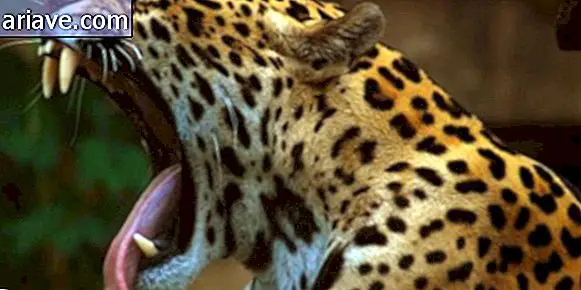Discovered in Chile one of the most bizarre dinosaurs ever recorded
It was herbivorous, up to three meters long and its anatomy was a combination of different species: 'Chilesaurus diegosuarezi' is one of the "most bizarre dinosaurs ever discovered, " say researchers who have done a study of the animal's fossils. This new type of dinosaur belongs to the theropod family, which includes the famous carnivores Velociraptor, tyrannosaurus and carnotaurus. But Chilessauro has unusual characteristics.
"We are disturbed by the strange anatomy of Chilessaurus, which resembles different groups of dinosaurs, " said Fernando Novas, co-author of the study published in the journal Nature. "Its pelvic waist resembles that of the ornithischians ... and its hind paws - large and four-toed - much more similar to those of the primitive sauropodomorphs" than those of the thinner, three-fingered theropods, Bernardino continued. Rivadavia, researcher at the Museum of Natural Sciences of Buenos Aires. According to him, Chilessauro "is one of the most bizarre dinosaurs ever discovered".

It was in southern Chile that the bones were found by Diego Suarez, who gave his name to the dinosaur. In February 2004, the seven-year-old boy accompanied his geological parents in the Andes when he stumbled upon fossils found in late-Jurassic rocks some 145 million years ago. Since this discovery, more than a dozen dinosaur specimens have been collected, including four complete skeletons.
"At first I was convinced that I had collected three different dinosaurs, but when the fuller skeleton was prepared, it became clear that all items belonged to a kind of dinosaur, " explains Fernando Novas. The relatively small skull of the dinosaur, the shape of its nose or its leaf-shaped teeth reveal that the dinosaur was a plant eater.
In fact, different parts of Chilessauro's body have been adapted to a particular diet and particular lifestyle, similar to other dinosaur groups, due to the phenomenon of convergent evolution, the University of Birmingham said in a statement.

"In this process, one or more parts of an organism resemble those of unrelated species because of a similar lifestyle and evolutionary pressures, " said Martin Ezcurra, co-author of the paper and researcher at the University of Birmingham.
Chilessauro's teeth are very similar to those of early dinosaurs that had a long neck because they were selected over millions of years because of a similar diet, the university exemplifies. Chilessauro is "one of the most interesting cases of convergent evolution documented in the history of life, " said Ezcurra.
Paris, France
Via InAbstract











